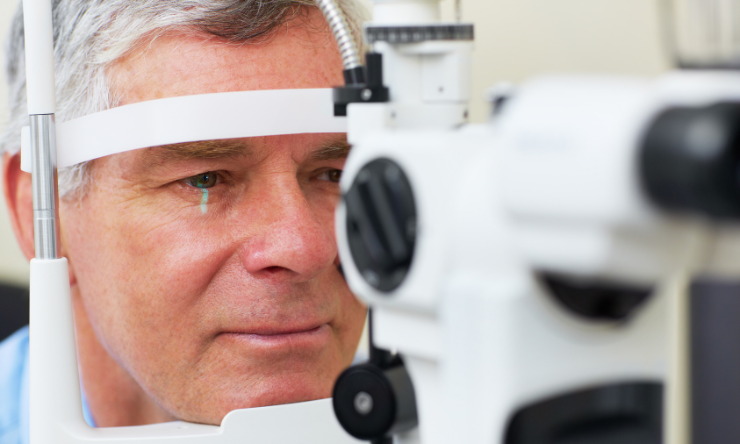Share
Chinese scientists have engineered drug-delivering contact lenses that change colour to report exactly how much medicine has been released to the eye.

The research was conducted by a team from China Pharmaceutical University and the State Key Laboratory of Bioelectronics at Southeast University. They believe their work will help eye doctors accurately treat eye diseases with drugs.
Due to improved drug residence time and bioavailability, contact lenses have emerged as a potential alternative to delivering drugs directly to the eye. However, monitoring drug release in real time has been a challenge for ophthalmologists.
The major drawbacks of eye drops have been well-documented in previous studies, including the fact that often fewer than 5% of drugs end up being absorbed via this method. Much of it also ends up in the bloodstream instead of the eye, causing side effects.
However, the six-strong Chinese research group believes it may have at least partly overcome these issues by engineering a fabricated contact lens for sustained release of the drug timolol – used to treat increased eye pressure in ocular hypertension and glaucoma.
The colour-sensitive contact lens uses molecular imprinting, a technique that creates molecular cavities in a polymer structure that match the size and shape of a specific compound, such as a medicine, according to Sci-News.
In lab experiments, the molecularly imprinted contact lenses were loaded with timolol, before the scientists exposed the lenses to a solution of artificial tears, which was used as a stand-in for the eye.
As the drug was released from the contact lenses, the architecture of the molecules near the drug changed, which also changed the colour in the iris area of the lenses. No dye was involved in the process, reducing possible side effects.
The researchers could see this shift with the naked eye and with a fibre optic spectrometer.
“The fascinating contact lens can be further used for controlling release of a large number of ophthalmic drugs and has high potential to be a new generation of functional contact lenses,” the researchers concluded.


